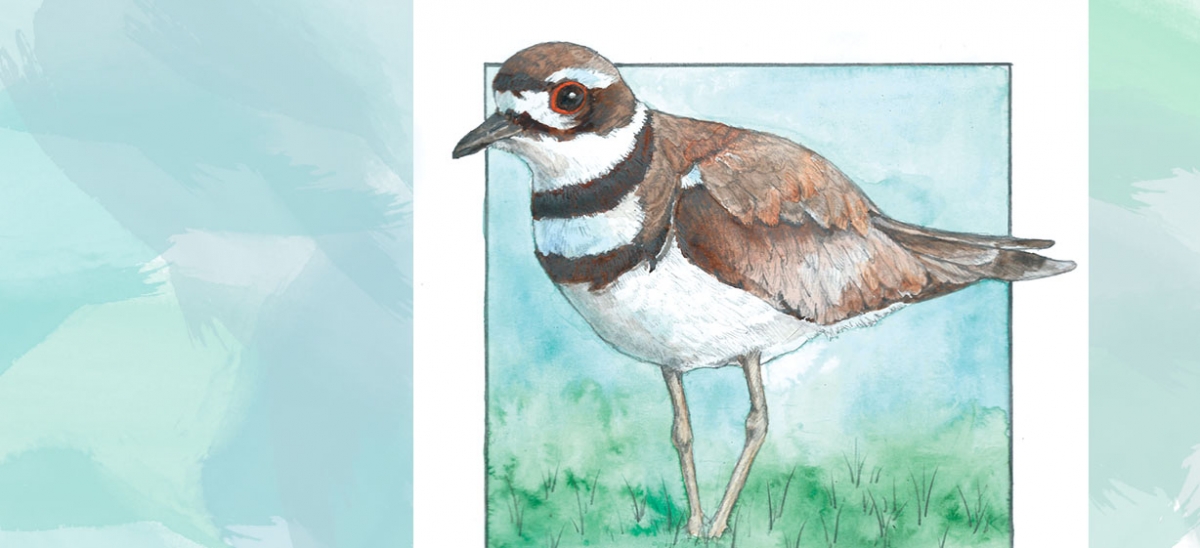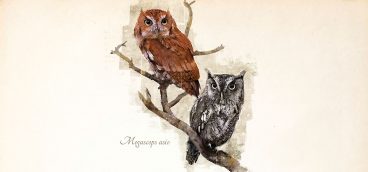
One early summer day, I was walking the paved loops of Hartwood Acres in the North Hills. Off in the distance, a band was doing a sound check on the stage and bass notes were booming through the trees. As I headed west toward Middle Road, I passed some extended patches of gravel. It was there that I was surprised to see what looked like some kind of shore bird running along, then stopping, then running again. It was dragging one wing. An injured bird?
The bird was dashing along on stilted legs. Two black bands crossed a white chest; buff wings covered white flanks. The bill was rather short and the head was black, white and buff-colored, too, with dark eyes surrounded by reddish orange eye rings.
No ocean for miles. No sign of beachcombers or boogie boards. I realized the mystery bird could be only one species: the killdeer. A member of the plover family, the Killdeer is a bird of interior fields and farmland. They like waterfront or mudflats, too, but they’re just as happy and far more conspicuous on the broad expanses of a public park or in plowed furrows. Killdeer, which take their name from the high-pitched calls they make over and over, are mostly insectivores, so wherever beetles, grasshoppers, or other creeping critters can be found, they’ll happily take their meals and spend their summer days.
Killdeer nest on open ground, and they are fond of gravel scrapes, so the rocky area to the north of the Hartwood Acres stage is good for incubating their dappled eggs. I’ve also come across Killdeer nests in unusual places like stone parking lots, including a tucked away area at Shady Side Academy in Fox Chapel where sympathetic maintenance guys helped me put up orange cones and sawhorses to keep a nest safe one spring from teenage drivers. The four eggs blended in so well with the gravel that casual watchers had to wonder what was attracting the Killdeer to the cars. (The mama bird was nonplussed and most of the students were as well, except for the kids in my ornithology class, who became appreciative observers.) Famous for its broken-wing act, the Killdeer would run along the ground dragging one side to draw predators or curious humans far from the nest. A wonderful evolutionary trick, but eventually, if we backed away, the bird would head back to its nest scrape and settle back on the eggs.
Killdeer typically weigh only about 3 ounces, but adults grow to 10-1/2 inches from stem to stern. Western Pennsylvania is just on the northern edge of their year-round range, but some birds migrate as far as Central America before turning around and heading north again. They sometimes appear in small groups of half a dozen or more, as they often do at Hartwood Acres. So next time you’re in that area, take a walk and listen for the birds, or watch for their scuttling across the grass, and think of crashing waves far from the hills of Pittsburgh.





